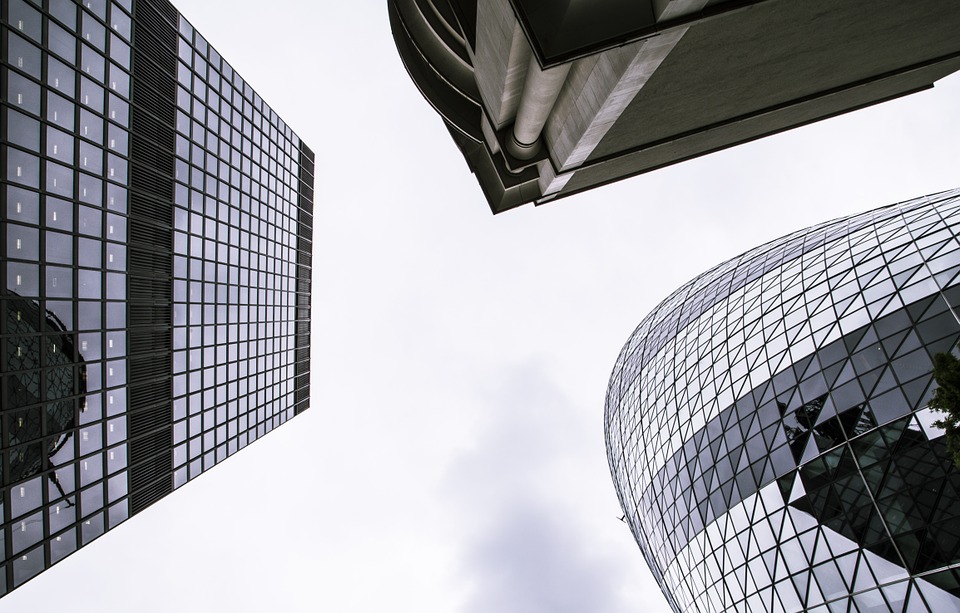Written by Thomas Becket, Chief Investment Officer at Psigma Investment Management
Introduction
The famous economist Milton Friedman once said that “inflation is always and everywhere a monetary phenomenon”. We have long disagreed. To us, inflation is mostly a psychological phenomenon; inflation dynamics will change when consumers and companies expect prices to rise in the future. This perception of “stuff” costing more in the future will influence consumer behaviour and the spending patterns of companies. Based upon the understandable (and welcome!) deluge of questions we have recently been receiving from our clients and introducers, that psychological issue is further intensifying and gripping society. Here, we will aim to provide an update on how our views on inflation are changing and how we believe investors can try to soften the debilitating financial blow that ravaging inflation wreaks.
Central bankers partially to blame
We don’t believe that Friedman was totally wrong when he suggested that central bankers and their policies can influence producer prices and consumers’ inflation expectations. Indeed, some of the thirty-year high level of price increases we are presently seeing can absolutely be attributed to the printing of around $10trn by global central banks through the COVID crisis. Initially, this unprecedented response was justifiable and necessary as the world grappled with the medical crisis and the governments’ questionable decisions to destroy short-term economic growth. An economic hole needed to be filled and the monetary masters stepped up to the plate. However, the hole was filled relatively quickly, and we would argue that the governments’ excessive spending and the cashing of these blank cheques by central bankers through 2021 and 2022 acted as fuel thrown onto a fire that had already been lit.
Sparks Aplenty
As Bruce Springsteen once sang, “you can’t start a fire, can’t start a fire without a spark” – so what was the spark that ignited the inflationary fire we are now painfully experiencing? In short, there are sparks aplenty. The most obvious shift in the last few years has been significantly higher commodity prices, following a period in the last decade when prices were low and falling. Indeed, the commodity crash of the mid-2010s set us up badly for the price spikes we are seeing now, as resources companies could not get the funding to explore and develop new projects. This underinvestment is a classic part of the resources cycle and almost identical to that seen at the start of the century, and something we prepared for in our portfolios with the addition of a commodities fund in 2019.
Cyclical Factors Driving Inflation
The spending shortfall in commodities might not by itself have been sufficient to light the inflationary fire on its own, but three other factors have fanned the flames. The first was the COVID crisis. Initially the crisis created a demand issue, as we stopped going in our cars and on planes, whilst construction projects and factories were shut down. This then morphed into a supply issue, as resources could not be extracted to meet rampant and pent-up demand as economies reopened (a problem once again evident in China, where they are shutting down factories due to their latest and predictable COVID outbreak). This supply issue then became a massive problem because of the biggest cash giveaway in history by the generous central banks and the US government, as consumers all rushed to buy the same products, new houses and second-hand cars at the same time, creating a massive demand shock, leading to shortages of nearly everything. As these two factors of an initial demand issue and then significant supply shock caused prices to move higher, consumers’ inflation expectations started to rise, and this is now being reflected in the stickier elements of inflation, such as wages and rents.
Then Came the Ukraine Crisis
The third cyclical factor has been the recent outbreak of war in Ukraine and the imposition of sanctions on one of the world’s most important commodity producers, Russia. The distressing humanitarian impact of the war cannot be understated, and we obviously continue to hope for a quick resolution and relief for the Ukrainian people. However, the true economic impact is likely to be massive, as resource supply chains are disrupted further, whilst spending on defence and infrastructure spending is ramped up. Global politicians will likely try to blame the rise in petrol and food on President Putin, but the reality is that this war is only compounding the bad decisions made by politicians in the last decade. Worryingly, the latest developments in Eastern Europe could be the force that really sets off consumers’ inflation expectations.
Structural Forces Lift Inflation
In addition to the cyclical issues already discussed, there are several structural concerns around inflation, all of which we have discussed repeatedly in the context of our “Turbulent Twenties” framework. The first is highlighted by the recent geopolitical crisis; in short, we believe that a golden era of globalisation has given way to a multi-polar world, where there is little trust between the world’s major economic players. Nationalisation and the balkanisation of supply chains are the future, which will lead to further price distortions. The growing prominence of Environmental, Social and Governance (ESG) approaches, a disappointing number of which appear to have morphed into marketing exercises more than best-interest investment realities, have also contributed to supply issues in commodities. Indeed, they are likely to do so for a long time into the future, even if the recent issues that governments are facing might have forced a rethink on “zero-carbon” policies. Finally, the necessary urge of governments to level the economic playing fields for the poorest in society, who have been tragically left behind in the last decade, will lead to greater government debt creation and could further elevate prices of basic foodstuffs and staples.
Expect Higher Average Inflation
As we blend all these cyclical and structural ingredients together, we can’t help but come to the conclusion that inflation is set to be higher this decade than it has been for many previous decades. This will not mean that we will see persistently higher prices, but rather that we will see bursts of higher inflation and then bouts of disinflation, as the counterbalancing forces of excessive debt, disinflationary demographics and the development of various technologies serve up deflationary impulses. In crude terms, if we experienced an average inflation rate of roughly 2-2.5% in the 2010s, could we see 3-3.5% this decade? Absolutely.
Investment Solutions in an Inflationary Environment
So, what should investors do about inflation? This is the central question we ask ourselves every single day due to our “inflation plus” investment philosophy. The answer is that inflation-proofing will be very hard, but the starting point should be very different to the passive “long anything” approach that served investors so well in the last decade. We would urge selectivity as the key tenet of any investment approach.
Fixed interest markets have been hit very hard recently, as central bankers start to “talk the talk” over interest rate hikes, in an overdue attempt to quell the inflationary angst. As they “walk the walk”, we will likely see further losses in core bond markets, so investors might need to think differently and embrace those bonds and credits that can perform well in rising rate environments. Our fixed interest allocations are designed for such a purpose.
When it comes to equity markets, we certainly believe that the previously unloved sectors such as materials and energy, as well as banks that benefit from higher interest rates, should form a part of an investment portfolio. Alongside these sit those sectors such as infrastructure, healthcare and renewable energies where there is implicit or explicit inflation protection, which can provide support to investors in an inflationary environment. In addition, we would argue that diversifying instruments such as gold mining companies, commodities and specific emerging market investments can offer investors some inflation protection.
Conclusion
Hopefully the messages today are clear. We believe the inflationary genie is out of the bottle; putting it back in will be a perilous task. We are likely to see a very different environment in the decade ahead, with inflationary uncertainty the key symptom of the shifting sands in the global economy. It is not too late to find some solace from asset markets in an inflationary environment, but investors need to act now.


